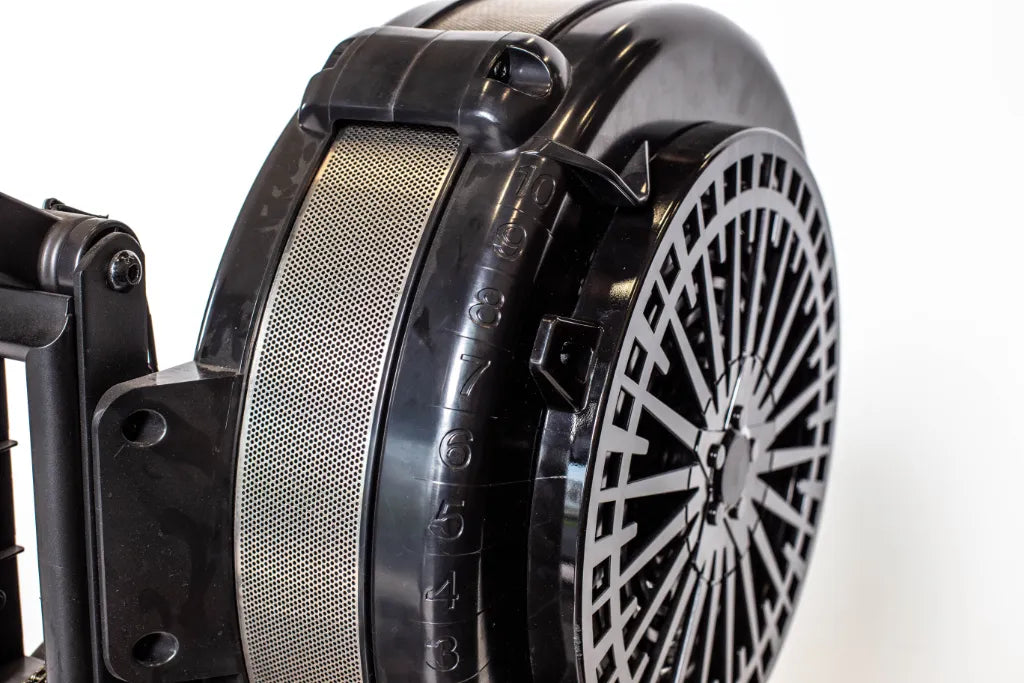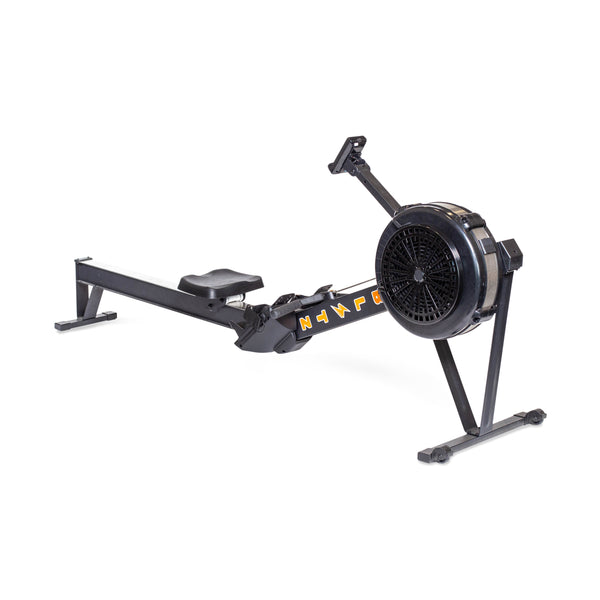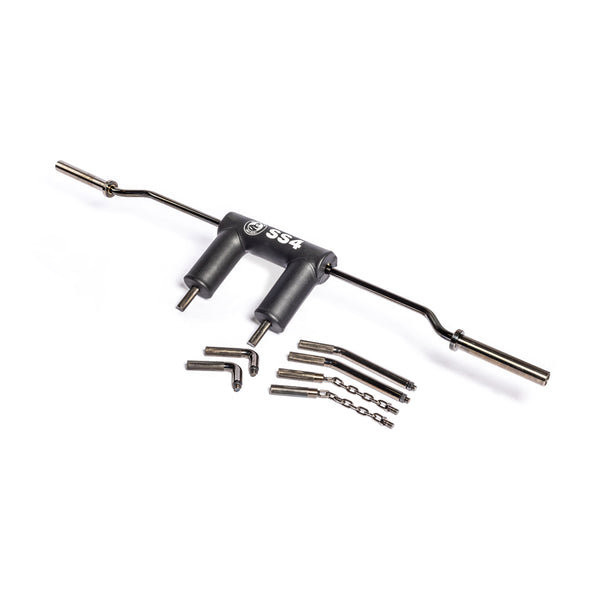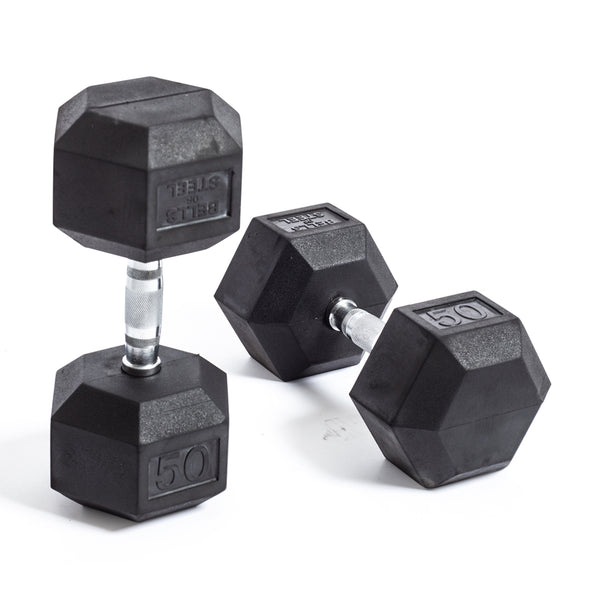When it comes to working out on a rowing machine in the cozy confines of your home gym, one of the burning questions that often arises is, "What resistance should I set on my rowing machine?" It's a question that can perplex even the most seasoned home gym enthusiasts.
But fear not, dear reader, for we are about to demystify the world of rowing machine resistance settings and set you on the path to becoming a rowing pro!
Let’s get into it!
Understanding How Air Rowers Work
Before we dive into the nitty-gritty of resistance settings, let's first understand how air rowers work. Unlike some other types of rowing machines, such as hydraulic or water rowers, air rowers operate on a simple yet effective principle: air resistance.
When you pull the handle of your rowing machine, it powers a fan or flywheel. As you pull harder and faster, the fan begins to spin, creating resistance through the air. The faster you row, the more resistance the fan generates, making your workout more challenging.
The Role of the Damper

Now, let's talk about the damper. The damper is a lever or adjustable setting found on most air rowers, including the Blitz Air Rower. Many people mistake the damper for a resistance control, but it's a bit more nuanced than that.
Lower Damper Setting: Less Air, Less Resistance
When you set the damper to a lower setting, you're essentially restricting the amount of air that can flow into the flywheel. This results in less air resistance and, subsequently, less overall resistance during your rowing strokes. Think of it like rowing in a sleek, narrow boat—it requires less effort to move through the water.
Higher Damper Setting: More Air, More Resistance
Conversely, cranking the damper up to a higher setting allows more air to rush into the flywheel. This increases the air resistance and, consequently, makes each stroke more challenging. Picture rowing in a wider, bulkier boat—the increased water resistance demands more strength and effort.
Does Damper Setting Control Workout Intensity?
Now, here's a common misconception: the damper setting doesn't control the intensity of your workout on an air rower. Instead, it affects the feel of the rowing stroke.
Think of it as adjusting gears on a bicycle. Lower damper settings are like lower gears, offering a smoother ride, while higher settings are akin to higher gears, requiring more force to pedal.
The Real Drivers: Intensity and Drive
So, what truly determines the intensity of your workout on a rowing machine? It's your intensity and drive. These are the secret sauce ingredients to a challenging rowing session.
- Intensity: How hard you pull and how fast you row. If you want a high-intensity workout, put more muscle into your strokes and increase your rowing speed. Your effort level is the primary driver of how tough your workout feels.
- Drive: This refers to the power and force you exert when pushing off with your legs and pulling with your arms. A strong, controlled drive will make your rowing strokes more efficient and effective
Finding the Right Damper Setting for You
So, what damper setting should you choose for your rowing workouts? The answer isn't one-size-fits-all because it depends on your fitness goals, experience level, and personal preferences. Here are some guidelines to help you decide:
Beginners
If you're new to rowing or want a less intense, more aerobic workout, start with a lower damper setting (around 1-3). This will allow you to focus on your rowing form and build stamina gradually.
Intermediate
For those with some rowing experience who want a balanced workout that combines endurance and strength, a moderate damper setting (around 4-6) is a good choice. It offers a nice compromise between resistance and speed.
Advanced
If you're aiming for an intense, strength-building workout or simulating a real-life rowing experience, opt for a higher damper setting (7-10). This will require more power and provide an excellent strength challenge.
Remember that these are general guidelines, and you should feel free to experiment with different damper settings to find what works best for you. The key is to maintain proper rowing technique and ensure that you're challenging yourself appropriately.
Common Questions About Damper Settings
Let's address some frequently asked questions regarding damper settings on rowing machines:
1. Does a higher damper setting burn more calories?
Not necessarily. While a higher damper setting does create more resistance, the number of calories burned depends on the intensity of your rowing and your overall workout duration. Rowing faster and longer will burn more calories, regardless of the damper setting.
2. Is a higher damper setting better for strength training?
Yes, a higher damper setting provides a more substantial resistance and is suitable for strength training. However, it's essential to maintain proper rowing form to avoid injury.
3. Can I use the damper setting to simulate different rowing conditions?
Absolutely! Adjusting the damper setting can help mimic various rowing conditions, from calm lakes to turbulent rivers. Experimenting with different settings can add diversity to your workouts.
4. Should I always go for high damper settings?
No, it's not necessary to always opt for high damper settings. Your choice should align with your fitness goals and the type of workout you want. Lower settings can be great for warm-ups or longer, steady-state cardio sessions, while higher settings are excellent for building strength and power.
5. Can I set the damper to a fixed number?
Absolutely! Many rowers have a favorite damper setting that they stick with. However, it's beneficial to mix things up occasionally to challenge different muscle groups and add variety to your workouts.
6. How does the damper affect my technique?
Higher damper settings can exaggerate any flaws in your rowing technique. It's crucial to maintain proper form, especially when the damper is set to a high level, to prevent injury and ensure an effective workout.
In Conclusion
In the world of rowing machines, the damper setting is your ticket to customizing the feel of your workout, not necessarily the intensity. Your intensity and drive are the real drivers of resistance and results. So, whether you prefer a smooth, leisurely row or a grueling, high-intensity session, adjust that damper accordingly and row your way to fitness glory!
And always remember, it's not about where you set the damper; it's about how you row the boat!




